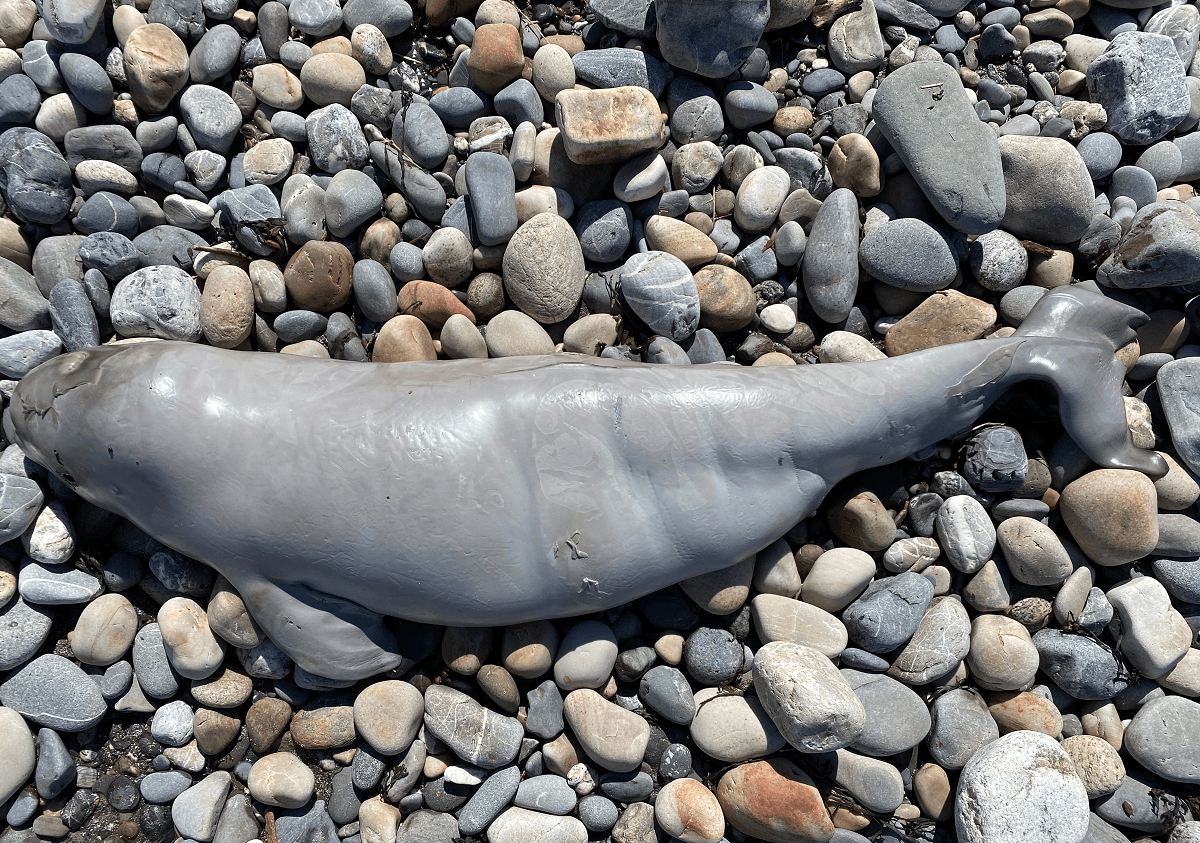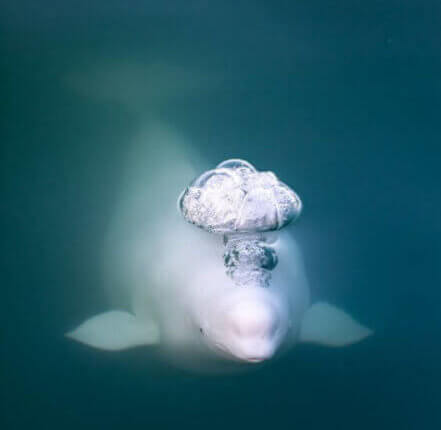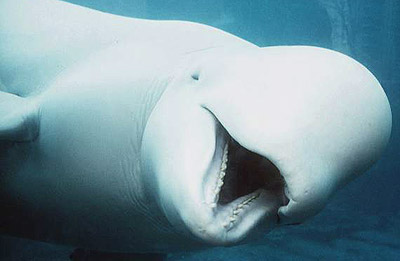The answer is simple: by reporting a carcass to the Quebec Marine Mammal Emergency Response Network (QMMERN), you are helping to conserve marine mammals and their environment.
A wealth of information for better conservation
Reporting emergency incidents or carcasses is the first step toward conservation measures that are adapted to the reality of the species or population concerned.
In most cases, public reports allow the QMMERN to become aware of a carcass’ existence, and subsequently to gather critical information for better understanding the species or population in question. It is important that carcasses be reported to the QMMERN as soon as they are discovered. The sooner the report is submitted, the better the collected data will be. Indeed, putrefaction sets in quite quickly in marine mammals and compromises the quality and quantity of information that can be gathered from a carcass.
Notifications from the public also sound the alarm if abnormal or abnormally high mortalities are recorded. For example, in the 2000s, citizen reports of St. Lawrence beluga carcasses enabled QMMERN members to realize that this population was declining, whereas at the time it was believed to be stable. In response to this realization, the Committee on the Status of Endangered Wildlife in Canada (COSEWIC) uplisted the species’ status from “threatened” to “endangered”. Following this change, measures were able to be implemented to more effectively protect the St. Lawrence beluga.
What happens next?
Often, once the QMMERN becomes aware of a case, volunteers or members of the Network’s mobile team are dispatched to the site to gather information. They photograph and measure the carcass, which is generally sufficient to determine the age and sex of the animal. This information can also provide preliminary indications on the animal’s condition prior to its death as well as the causes of the mortality. In some cases, samples or necropsies requested by QMMERN partner members are used to pinpoint the cause of death more precisely.
Volunteers and the mobile team also place a tag on any carcass found, which among other things serves to document the evolution of the carcass over time.
Canaries of the sea
Mortality and diseases in marine mammals can sometimes be an indication of an overall degradation of their environment.
In the past, reports of high mortalities of St. Lawrence belugas and analysis of their carcasses have revealed the presence of a large quantity of contaminants released by various human activities. Some of these contaminants have also had an impact on several other populations (including local human populations) whose health is closely tied to that of the Saguenay and the St. Lawrence. New standards have been implemented to improve the health of these rivers and the populations that depend on them.
Without citizen reports, these anomalies probably would not have been identified as quickly.
You can assist the QMMERN in its conservation work by reporting carcasses as well as out-of-range or vulnerable marine mammals to 1-877-722-5346.
The beluga is nicknamed “canary of the seas” on account of the high-pitched vocalizations it produces. Just like the bird that inspired its nickname, the St. Lawrence beluga has repeatedly proven to be an indicator of the presence of toxic contaminants in its native environment.
Sources:
Cancer in wildlife, a case study: Beluga from the St. Lawrence Estuary, Québec, Canada (Martineau et al., 2002)







